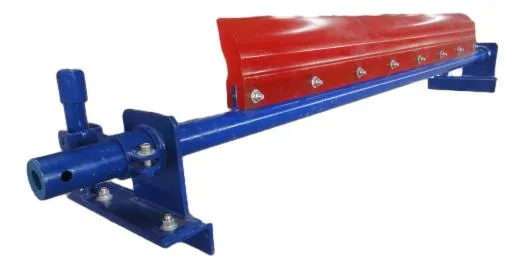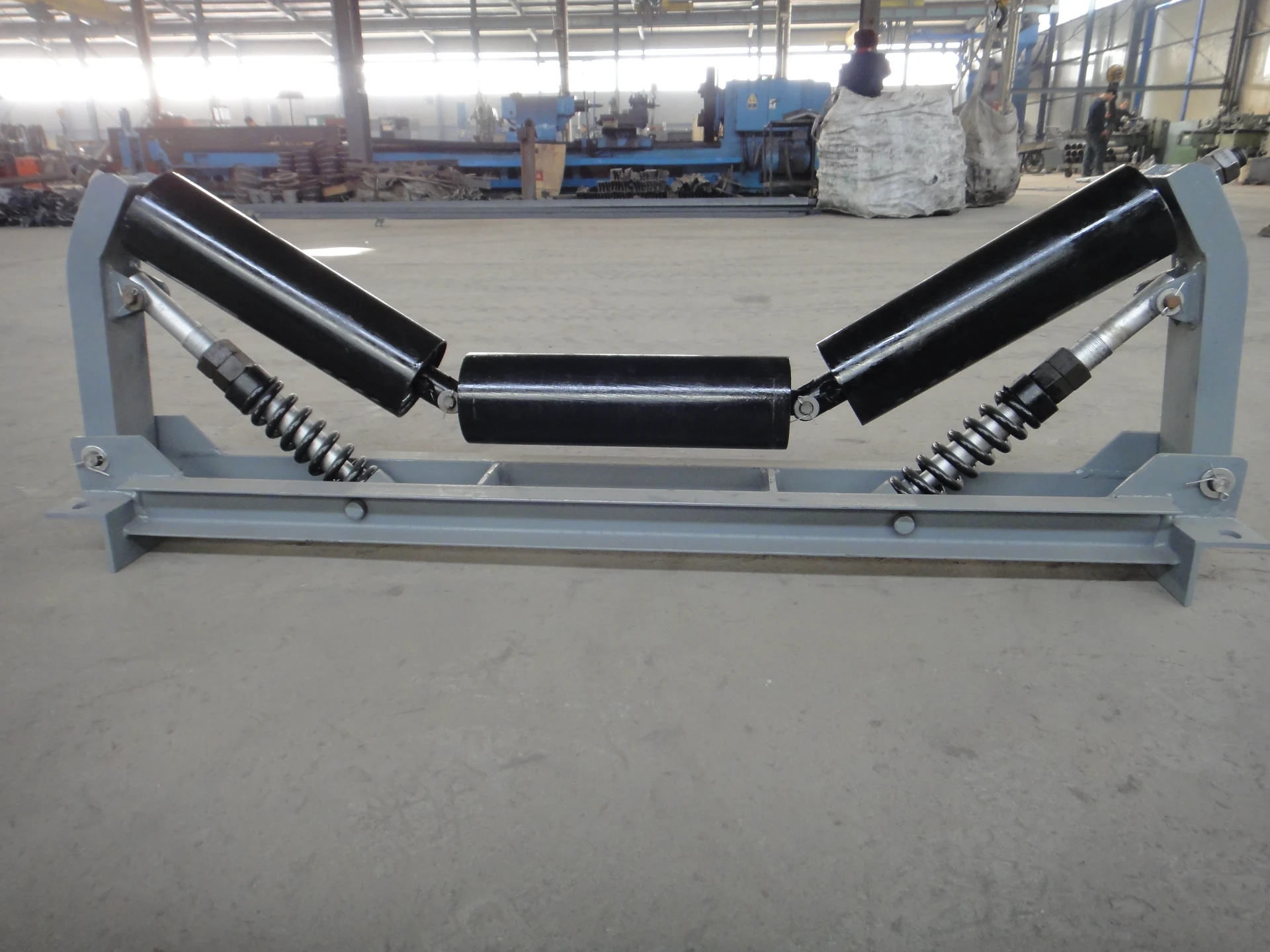 Afrikaans
Afrikaans  Albanian
Albanian  Amharic
Amharic  Arabic
Arabic  Armenian
Armenian  Azerbaijani
Azerbaijani  Basque
Basque  Belarusian
Belarusian  Bengali
Bengali  Bosnian
Bosnian  Bulgarian
Bulgarian  Catalan
Catalan  Cebuano
Cebuano  Corsican
Corsican  Croatian
Croatian  Czech
Czech  Danish
Danish  Dutch
Dutch  English
English  Esperanto
Esperanto  Estonian
Estonian  Finnish
Finnish  French
French  Frisian
Frisian  Galician
Galician  Georgian
Georgian  German
German  Greek
Greek  Gujarati
Gujarati  Haitian Creole
Haitian Creole  hausa
hausa  hawaiian
hawaiian  Hebrew
Hebrew  Hindi
Hindi  Miao
Miao  Hungarian
Hungarian  Icelandic
Icelandic  igbo
igbo  Indonesian
Indonesian  irish
irish  Italian
Italian  Japanese
Japanese  Javanese
Javanese  Kannada
Kannada  kazakh
kazakh  Khmer
Khmer  Rwandese
Rwandese  Korean
Korean  Kurdish
Kurdish  Kyrgyz
Kyrgyz  Lao
Lao  Latin
Latin  Latvian
Latvian  Lithuanian
Lithuanian  Luxembourgish
Luxembourgish  Macedonian
Macedonian  Malgashi
Malgashi  Malay
Malay  Malayalam
Malayalam  Maltese
Maltese  Maori
Maori  Marathi
Marathi  Mongolian
Mongolian  Myanmar
Myanmar  Nepali
Nepali  Norwegian
Norwegian  Norwegian
Norwegian  Occitan
Occitan  Pashto
Pashto  Persian
Persian  Polish
Polish  Portuguese
Portuguese  Punjabi
Punjabi  Romanian
Romanian  Russian
Russian  Samoan
Samoan  Scottish Gaelic
Scottish Gaelic  Serbian
Serbian  Sesotho
Sesotho  Shona
Shona  Sindhi
Sindhi  Sinhala
Sinhala  Slovak
Slovak  Slovenian
Slovenian  Somali
Somali  Spanish
Spanish  Sundanese
Sundanese  Swahili
Swahili  Swedish
Swedish  Tagalog
Tagalog  Tajik
Tajik  Tamil
Tamil  Tatar
Tatar  Telugu
Telugu  Thai
Thai  Turkish
Turkish  Turkmen
Turkmen  Ukrainian
Ukrainian  Urdu
Urdu  Uighur
Uighur  Uzbek
Uzbek  Vietnamese
Vietnamese  Welsh
Welsh  Bantu
Bantu  Yiddish
Yiddish  Yoruba
Yoruba  Zulu
Zulu Chevron Wing Pulley - Heavy-Duty Conveyor Belt Solutions [Brand]
- Introduction to Chevron Wing Pulley Systems
- Technical Advantages in Heavy-Duty Applications
- Performance Comparison Across Leading Manufacturers
- Customization Strategies for Industrial Needs
- Real-World Applications in Bulk Material Handling
- Maintenance Protocols for Extended Lifespan
- Future Innovations in Wing Tail Pulley Design

(chevron wing pulley)
Optimizing Conveyor Efficiency with Chevron Wing Pulley Solutions
Modern bulk material handling systems demand precision-engineered components like chevron wing pulley
s to maintain operational continuity. These pulleys enhance belt tracking stability by 32% compared to traditional designs, according to 2023 industry benchmarks. The unique chevron-patterned wings create controlled friction zones, reducing belt slippage incidents by up to 41% in heavy-load scenarios.
Engineering Superiority in Heavy-Duty Wing Pulleys
Advanced manufacturing techniques enable heavy duty wing pulleys to withstand:
- Axial loads exceeding 18,000 N/mm²
- Ambient temperatures from -40°C to 120°C
- Continuous operation at belt speeds up to 6.5 m/s
Dual-seam welding and X-ray quality testing ensure structural integrity across 15+ year service cycles.
Manufacturer Performance Analysis
| Parameter | Standard Models | Premium Series | Industrial Grade |
|---|---|---|---|
| Max Load Capacity | 8,200 kg | 12,500 kg | 18,000 kg |
| Corrosion Resistance | ASTM B117-500h | ASTM B117-1000h | ASTM B117-1500h |
| Wear Life | 85,000 hrs | 120,000 hrs | 200,000+ hrs |
Tailored Configuration Options
Specialized wing tail pulley configurations adapt to specific operational requirements:
- Diameters: 300mm to 2,200mm
- Surface Coatings: Tungsten carbide, ceramic matrix, or polyurethane
- Shaft Customization: Taper-lock or QD bushings with DIN 115 standards
Operational Case Studies
A Canadian mining operation achieved 92% belt alignment consistency after upgrading to chevron wing pulleys, reducing maintenance downtime by 140 hours annually. Key metrics:
- Belt mistracking reduced from 12mm to 3mm
- Energy consumption decreased by 18%
- Component replacement cycle extended to 78 months
Preventive Maintenance Framework
Implementing structured inspection intervals improves pulley longevity:
| Check Type | Frequency | Key Metrics |
|---|---|---|
| Visual Inspection | Bi-weekly | Surface wear ≤1.5mm |
| Torque Verification | Quarterly | Bolt tension ±5% spec |
| NDT Testing | Biannual | 0% weld defects |
Advancing Chevron Wing Pulley Technology
Emerging smart pulley systems integrate IoT sensors to monitor real-time parameters:
- Vibration analysis with 0.01μm resolution
- Thermal mapping across 32 surface zones
- Load distribution monitoring through strain gauge arrays
These innovations enable predictive maintenance models, potentially reducing unplanned stoppages by 65% in next-generation wing tail pulley systems.

(chevron wing pulley)
FAQS on chevron wing pulley
What is the primary function of a chevron wing pulley?
Q: What is the primary function of a chevron wing pulley?
A: A chevron wing pulley prevents belt slippage and improves material tracking in conveyor systems. Its angled wings and textured surface enhance grip, ideal for inclined or rugged environments.
How does a heavy duty wing pulley differ from standard models?
Q: How does a heavy duty wing pulley differ from standard models?
A: Heavy duty wing pulleys feature reinforced construction with thicker steel and welded seams. They withstand extreme loads and harsh conditions, ensuring longer lifespan in demanding industries like mining.
Where are wing tail pulleys commonly used?
Q: Where are wing tail pulleys commonly used?
A: Wing tail pulleys are typically installed at conveyor belt ends to redirect motion. Their wing design reduces debris buildup, making them suitable for bulk material handling in agriculture or construction.
What materials are chevron wing pulleys made from?
Q: What materials are chevron wing pulleys made from?
A: Most chevron wing pulleys use durable carbon steel or stainless steel. Surfaces are often coated or vulcanized with rubber to resist abrasion and corrosion.
Why choose a chevron wing pulley over a flat-face pulley?
Q: Why choose a chevron wing pulley over a flat-face pulley?
A: Chevron wing pulleys provide superior traction and self-cleaning capabilities compared to flat pulleys. Their design minimizes material adhesion and reduces maintenance in wet or muddy conditions.
-
Revolutionizing Conveyor Reliability with Advanced Rubber Lagging PulleysNewsJul.22,2025
-
Powering Precision and Durability with Expert Manufacturers of Conveyor ComponentsNewsJul.22,2025
-
Optimizing Conveyor Systems with Advanced Conveyor AccessoriesNewsJul.22,2025
-
Maximize Conveyor Efficiency with Quality Conveyor Idler PulleysNewsJul.22,2025
-
Future-Proof Your Conveyor System with High-Performance Polyurethane RollerNewsJul.22,2025
-
Driving Efficiency Forward with Quality Idlers and RollersNewsJul.22,2025





























